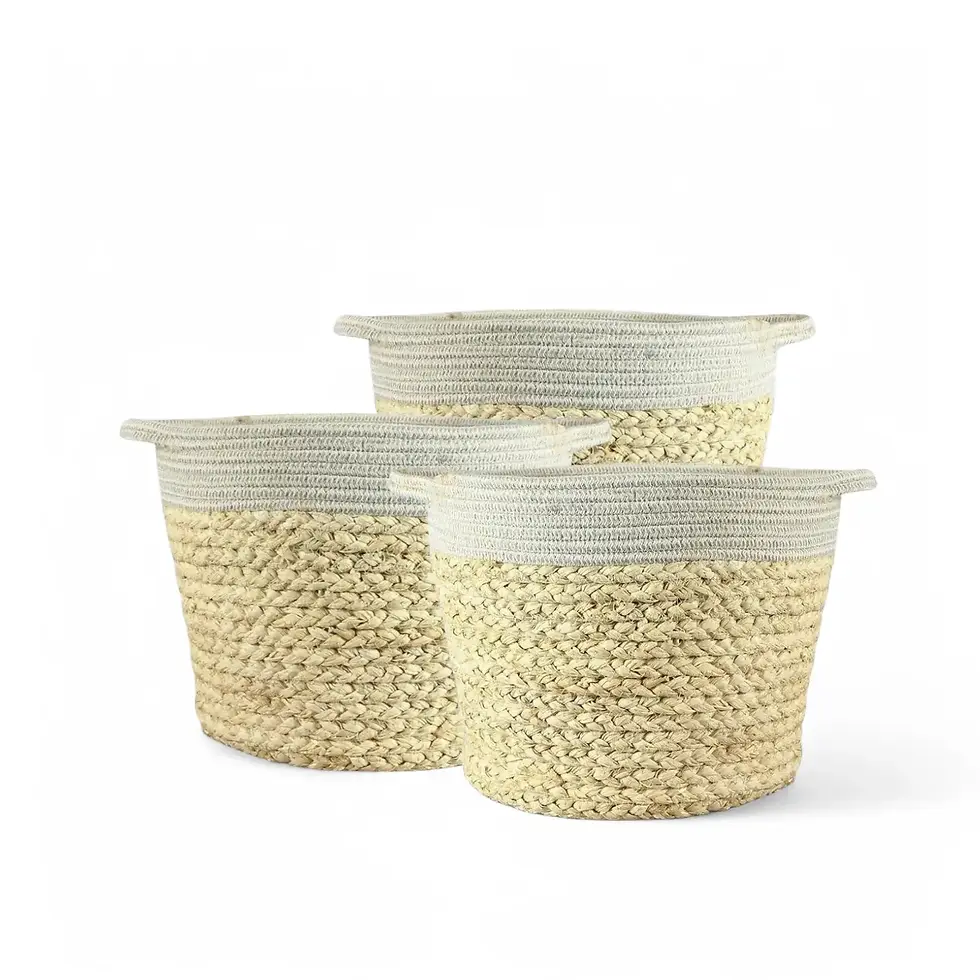Hoya sp. Timika – Striking Foliage and Complete Care Guide
Hoya sp. Timika is a remarkable, yet-to-be-formally-described species native to the tropical forests of Timika, Papua. This plant is best known for its glossy, thick leaves with intricate venation that can develop a striking red hue under strong light exposure. With its vining habit and compact growth, it is an exciting addition for collectors looking to expand their Hoya selection.
Key Features of Hoya sp. Timika
- Unique Leaf Texture – Thick, oval-shaped leaves with a prominent vein pattern and a glossy sheen.
- Color Transformation – When exposed to bright light, leaves transition from deep green to a vibrant red.
- Vining Growth – Naturally climbs or trails, making it perfect for trellises, moss poles, or hanging planters.
Essential Information on Hoya sp. Timika
- Native Habitat – Thrives in the humid, shaded understory of Papua’s rainforests.
- Indoor Size – Can grow into a lush trailing plant, typically reaching 1–2 meters indoors.
- Growth Rate – Moderate grower, with steady vine extension under optimal conditions.
- Toxicity – Non-toxic to pets, but ingestion is not advised.
How to Care for Hoya sp. Timika
- Light Requirements – Prefers bright, indirect light. Some direct morning sun enhances red coloration.
- Watering Routine – Allow soil to dry slightly between waterings. Avoid overwatering to prevent root rot.
- Humidity Levels – Thrives in moderate humidity (60%+), though it adapts to average indoor conditions.
- Temperature Range – Ideal temperatures range between 18°C and 26°C; avoid cold drafts.
- Soil Composition – A well-draining mix of orchid bark, perlite, and peat-free compost works best.
- Fertilization Schedule – Apply a balanced liquid fertilizer every 4-6 weeks during active growth.
Common Issues and How to Fix Them
- Yellowing Leaves – Typically caused by overwatering; adjust watering frequency and improve drainage.
- Root Rot – Prevented by using well-draining soil and allowing proper airflow around the roots.
- Pests – Watch for mealybugs and spider mites; treat with neem oil, or use beneficial insects or insecticidal soap.
- Leggy Growth – If vines appear sparse, increase light exposure or provide structural support.
Additional Growing Tips
- Encouraging Vibrant Red Leaves – Place near an east-facing window for optimal light exposure.
- Training and Support – Train vines onto a trellis or moss pole for structured growth.
- Repotting Frequency – Refresh soil and repot every 2-3 years to support root health.
By understanding and replicating the native conditions of Hoya sp. Timika, you can cultivate a thriving and vibrant specimen that showcases its remarkable foliage transformation.
Etymology of Hoya sp. Timika
The genus Hoya was named after 18th-century botanist Thomas Hoy. The species name ‘Timika’ refers to the region in Papua where this plant was discovered, emphasizing its unique geographical origin.
FAQs About Hoya sp. Timika
- Is Hoya sp. Timika a beginner-friendly plant? – Yes, it is relatively easy to care for with proper light and watering.
- Can Hoya sp. Timika grow outdoors? – Only in tropical or subtropical climates; otherwise, it should be kept indoors.
- Will this Hoya species bloom indoors? – Yes, with consistent care, it can produce fragrant flowers.
Order Hoya sp. Timika Today!
Add this stunning, rare Hoya to your collection. Buy now and enjoy its unique foliage and color-changing leaves.
Hoya sp. Timika
Hoya sp. Timika comes in a ⌀ 12 cm pot and is approximately 15 cm tall

























































